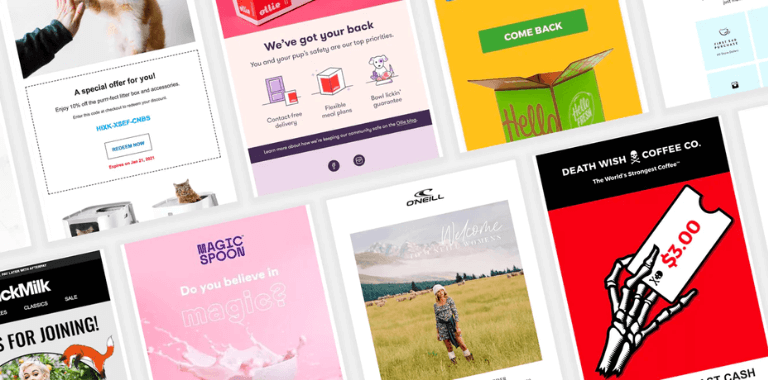In this post I’ll break down how returns and exchanges work with drop-shipping.
The approaches are different for the Indian and International markets, so we’ll break down both of them.
But before that lets get clear on 2 things:
- Return: A return is when your customer wants to get the order picked up from his location and receive his money back.
- Exchange: An exchange is when they want a different product, size or variant for what they’ve already received.
Lets begin with how these work in the Indian market.
Indian Market:
If you’re drop-shipping within India and a customer asks for a return, you generate a return pickup using the shipping aggregator you’re going to be using. An aggregator like Nimbus Post.
Your shipping partner picks up the product from your customer and delivers it to your supplier location.
And once the product reaches your supplier, you process a refund to your customer.
The best case scenario is to offer an exchange to your customer so that you can save the money which otherwise you’d have refunded.
In case of an exchange you follow the same return pick up process and after receiving the return order, you ship the committed product again.
Now, when you generate a return pick up through your shipping partner, you pay a fee for it. The fee depends on the shipping partner you use and the location of your supplier and customer. The shipping fee is usually Rs.150-Rs.300 for a 500g packet.
Some sellers don’t generate a return pick up and rather ask their customers to keep the original product as a gift from the brand (to save on return fee) and send the replacement as well.
Your supplier would be liable to send a free replacement if you can prove that the product shipped was faulty. To prove this, you need to ask your customer to share a picture or video of the faulty product. Drop-shipping or print on demand suppliers are used to offering this.
International Market:
Shipping rates are higher in the international market and it’s not easy to generate return pick ups if you’re drop shipping internationally.
So it’s best to follow the same ‘keep it as a gift’ strategy.
When a customer asks for a RETURN, you let them keep the product and get your supplier to re-ship the product.
Now, in order to get your supplier to provide a free exchange/replacement, you must share with them a proof of the product being faulty. Ask your customer to share an image or video of the faulty product.
With most international POD companies, the exchange process is pretty much automated. You can automatically generate a free exchange using their dashboard.



